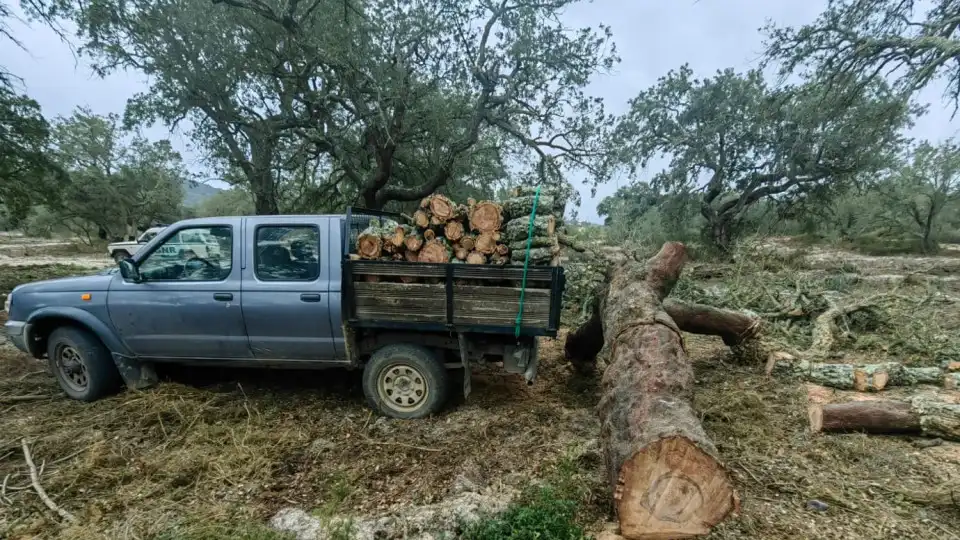Around €90 million will be invested in green hydrogen projects, mostly in the Centre region, as part of six applications supported by FI Group Portugal, the company announced on Thursday.
In a note sent to journalists, FI Group Portugal points out that a total of €90,555,270 would be invested in six of the 39 applications submitted in the second notice launched by the government to subsidise green hydrogen production projects, representing “more than 15% of the initiatives that will receive public funding under this measure”.
“This investment will be located mainly in the Centre region, highlighting and maximising the potential of this part of the country for implementing projects focused on clean energy production,” he said.
The six applications, supported by FI Group Portugal, are “part of the REPowerEU programme, a proposal launched by the European Commission to promote the EU bloc’s energy independence, namely in relation to the supply of fossil fuels by Russia, as a response to the Russian invasion of Ukrainian space and the consequent inflation of energy and food prices”.
According to FI Group Portugal’s team leader, Helena Amador, these projects aim to contribute to the goal of carbon neutrality, “promoting the energy transition by supporting renewable energies, particularly with regard to the production of hydrogen and other gases of renewable origin.”
“This action allows FI Group Portugal to contribute to the fulfilment of the country’s renewed ambition in the area of renewable energies stipulated in the revision of the National Energy and Climate Plan for 2030, in particular the increase in the target for green hydrogen production capacity from 2.5 GW to 5.5 GW,” she said.
It also makes it possible to achieve the goal, jointly stipulated by Portugal and Spain, “of making the Iberian Peninsula the European leader in green hydrogen production in the long term”.
According to Helena Amador, over the last few years, FI Group has invested in creating specialised teams in this area.
“In this way, we enable the organisations that come to us to take an increasingly strategic view of the climate transition,” she said.
In the first notice issued by the government to subsidise initiatives to exploit renewable gases, FI Group Portugal guaranteed an investment of “around €39 million, almost 40% of the final allocation stipulated by the executive for this first phase”.
“Following the successful results obtained in the first two notices issued by the government to subsidise projects that promote the production of renewable gases, FI Group is preparing to promote and accompany new applications during the third phase, already announced by the Portuguese government,” she concluded.
There are many ‘colours’ of hydrogen depending on how it is made.
Green hydrogen is made by using clean electricity from surplus renewable energy sources, such as solar or wind power, to electrolyse water.
Blue hydrogen is produced mainly from natural gas, using a process called steam reforming, which brings together natural gas and heated water in the form of steam. The output is hydrogen, but carbon dioxide is also produced as a by-product.
Grey hydrogen is created from natural gas, or methane, using steam methane reformation but without capturing the greenhouse gases made in the process.
Black and brown hydrogen are the absolute opposite of green hydrogen in the hydrogen spectrum and the most environmentally damaging as they use black coal or lignite (brown coal) in the hydrogen-making process.
Pink hydrogen is generated through electrolysis powered by nuclear energy. Nuclear-produced hydrogen can also be referred to as purple hydrogen or red hydrogen









